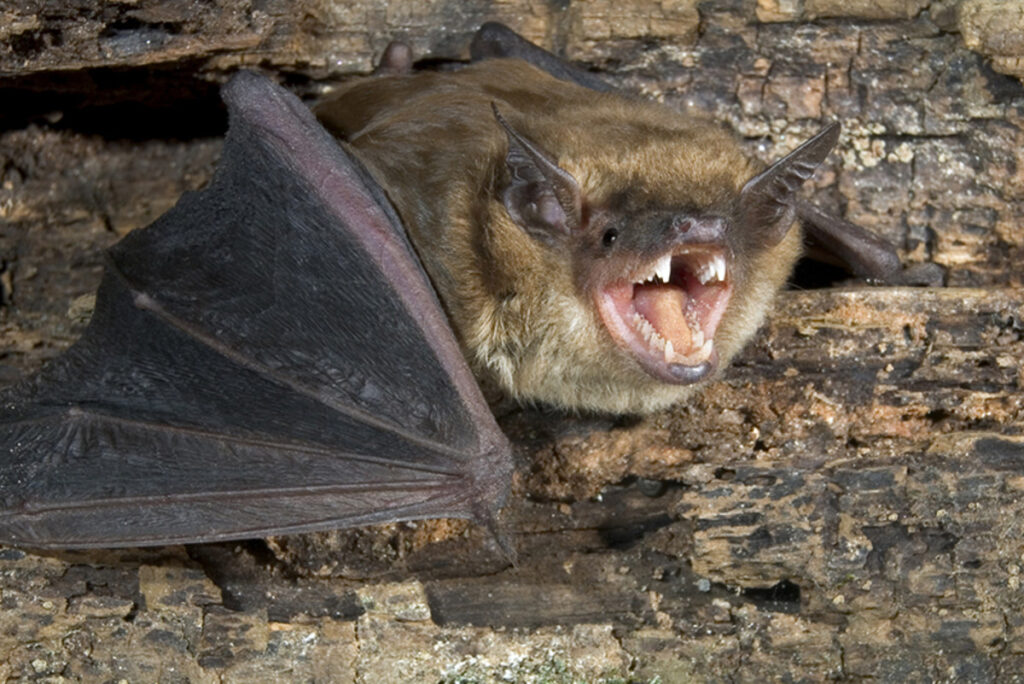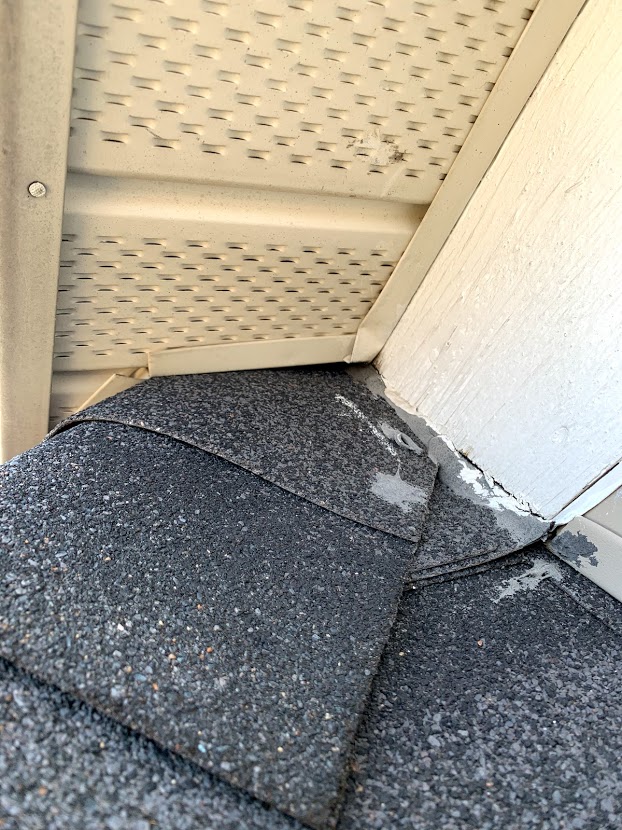Can Bat A Infestation Be Avoided?
Bats are constantly looking for a warm place such as an attic to establish their maternity roosts. The only way to prevent a bat infestation is to be proactive by bat-proofing your home. If you’re worried about bats getting into your attic, contact Best Way Animal Removal for expert bat-proofing services.
How Can I Prevent Bats From Entering The Attic?

To keep bats out of your attic, seal any potential openings with high-quality materials to prevent the problem from recurring. Repair or replace any vents or screens that are broken or torn. Caulk or expanding foam can be used to fill holes and cracks. Metal screens or flashing should be used to cover any openings. Bats are unable to gnaw their way into buildings in the same way that rodents can. Make sure vents and chimney caps are correctly secured. These simple repairs will prevent bats from entering your home by sealing potential entrances. The CDC bat-proofing guidelines offer more insight on effective bat-proofing methods.
This may sound like a lot for the average homeowner to handle. Wildlife control companies such as Best Way Animal Removal offer bat control services that will take preventative measures to keep bats out. This is done by first inspecting the property for any possible entry points and possible attractants. The entry points are then sealed, and attractants are eliminated to ensure your home is bat-proof.
How Much Does Bat Proofing Cost?
The only way to prevent bats from returning is to close all possible entry points. All holes must be sealed, and each gable vent must be screened. The average cost of screening a gable vent is $100 per vent, and the cost of sealing holes is $20 to $50 per hole. Depending on the brand and size, bat-proof chimney caps can cost anywhere from $47 to $300. Bat houses can cost anywhere from $50 to $180.
How Is Bat-Proofing Different From Bat Exclusion?

Bat-proofing entails modifying the bats’ main entrances and points of use so that they can no longer enter or use that location. Bat proofing is performed before an infestation has occurred or after an infestation has been removed. The property’s exterior is examined for damage such as gaps in siding, vents, and mortar. Furthermore, once the bats have been kicked out, they will want to return. They’ll look around the structure for other ways in.
Bat exclusion entails using tubes and netting to cover the openings that bats use to enter attics. The bats can descend and fly out, but they can’t crawl back in. In simpler terms, bat exclusion is the common method used to evict bats from home. When used in conjunction, bat exclusion and bat-proofing are effective services that will keep bats away from your house.
When Can Bat-Proofing Be Performed?
Bats roost all year, but choosing a specific location becomes even more critical depending on the season. It’s not the best time to try to get rid of bats if they’ve taken up residence in your attic during the summer. Baby bats are born in June and July, making it more challenging to get rid of these pests.
Adult bats will leave the roost but won’t be able to return due to the installation of exclusion devices. This will result in the starvation of the baby bats still inhabiting the attic. Wildlife professionals will only install exclusion devices and perform bat-proofing during certain seasons. To deal with the bats in your attic, you’ll need to contact a local wildlife removal service.
Who Can Bat-Proof My Home?
If you need help “bat-proofing” your home, contact a wildlife control company such as Best Way Animal Removal. When homeowners attempt bat-proofing independently, they often miss hard-to-reach areas that bats will utilize to enter the home. A bat control professional comes with the necessary tools and experience needed to completely bat-proof a property. If you’re interested in learning more about bat-proofing services, give Best Way Animal Removal a call!
Sources:
- “CDC.” Center For Disease Control, U.S. Department of Health & Human Services, 22 Apr. 2011, www.cdc.gov/rabies/bats/management/index.html.
- “Bats in Buildings A Guide to Safe & Humane Exclusions.” Pgc.Pa.Gov, www.pgc.pa.gov/Wildlife/WildlifeSpecies/Bats/Documents/Guide%20to%20Safe%20and%20Humane%20Exclusion.pdf. Accessed 9 July 2021.
Professional Bat-Proofing
We’re Just A Call Away
Click To Call
